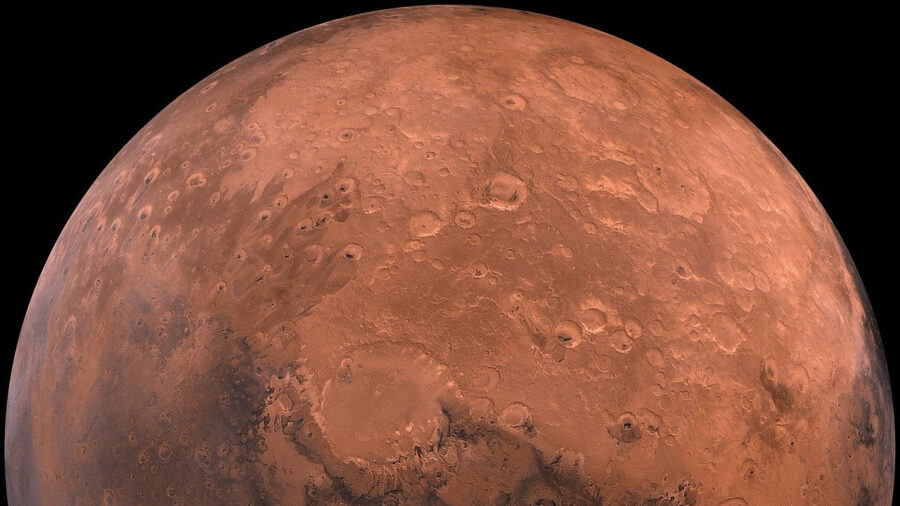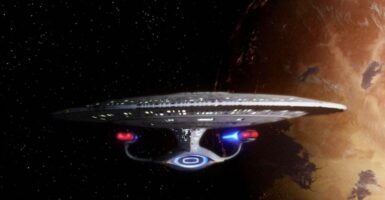NASA Has Found A Key Component To Life On Mars
NASA has successfully tested a new kind of heat shield with the hope of use in landing on Mars.
It is always exciting to think about the possibility of inhabiting other planets. Any time NASA comes up with a new idea that would further this goal, it piques people’s interest, especially in the scientific community. Recently a new type of heat shield, the Low-Earth Orbit Flight Test of an Inflatable Decelerator (LOFTID), was successfully tested with a focus on the way to land humans and larger freight on Mars.
LOFTID is an inflatable structure with a flexible heat shield.
Inverse reports that an Atlas V rocket was launched on November 10, 2022, from the Vandenberg Space Force Base in California, with the LOFTID device in place to test how well the theory would work. LOFTID acted as a secondary payload with the Joint Polar Satellite System-2 (JPSS-2) weather satellite.
In the past, ridged-based aeroshells, or heat shields, have limited the size of the freight being delivered to other planets like Mars or moons with atmospheres. The size of these heat shields was limited to the rocket’s shroud size because of the rigid makeup. The new heat shields, with their inflatable construction, would aid the delivery of heavier freight.
When spacecrafts travel to locations with different atmospheres, this makes landing complicated as the Earth’s atmosphere is denser, which aids the landing process. LOFTID acts as a giant break, and as it is inflatable, it can be larger than a traditional heat shield and therefore cushion a larger payload to Mars.

The experiment uses LOFTID, from low-Earth orbit, to mimic conditions of planets with different atmospheric conditions than that of the Earth. When a spacecraft enters a planet’s atmosphere, it uses aerodynamic drag to slow down, therefore converting its kinetic energy into heat. For example, Mars’s atmosphere is very different than planet Earth’s in that it is thick enough to produce some drag but too thin to deaccelerate quickly enough to land with a more weighty cargo.
The cushioning that LOFTID supplies can be modified for crewed or robotic missions.
Other benefits of the inflatable heat shields include low Earth orbit return, greater International Space Station down mass, and lower cost access to space through launch vehicle asset recovery. LOFTID is created from pressurized concentric rings known as tori that, with their braided synthetic fibers, are 10 times stronger than steel. These rings can withstand heat in excess of 1,600 Celsius/ 2,900 Fahrenheit.
The recent testing saw the LOFTID reenter the Earth’s atmosphere over the Pacific Ocean, where the aeroshell and recorder were recovered to allow engineers to review the data, inspect the device and see how well this testing worked. There was a backup recorder used in case the primary recorded and LOFTID were lost at sea. NASA Space Tech has released a video on the testing.
These types of advances are vital in expanding the success of future missions. Many would like to see humans travel to new planets and technological advances like LOFTID are the ways to see these goals accomplished. Updates about the launch and findings can be found on NASA’s JPSS-2 page.












